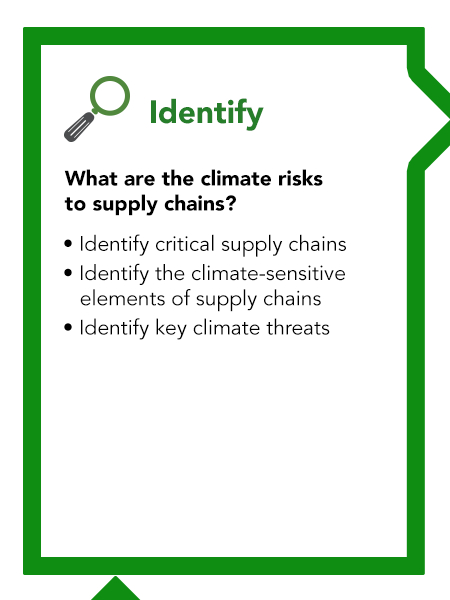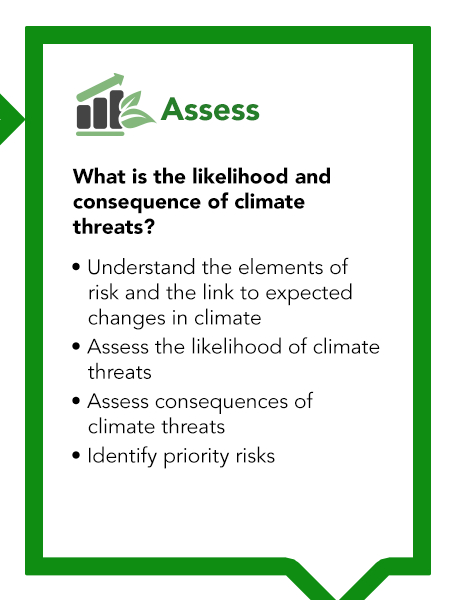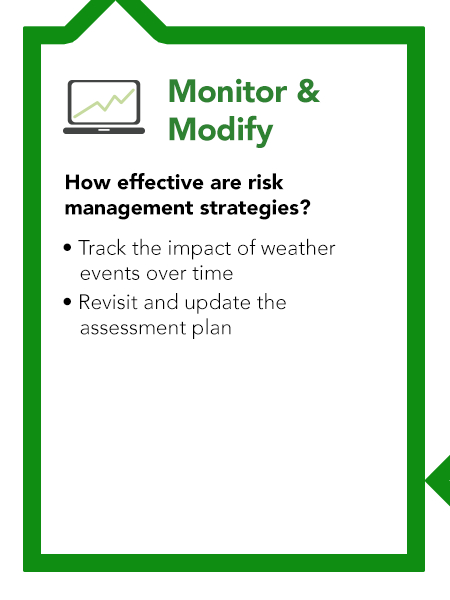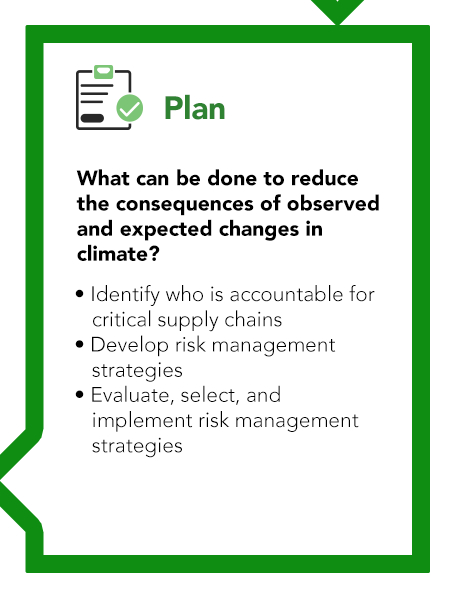Framework for Managing Climate Risks to Federal Agency Supply Chains
Introduction
| Context |
|---|
| Observed and expected changes in climate creates a crosscutting issue that poses risks to the global supply chains that federal agencies rely on to acquire the goods and services necessary to complete their missions. The U.S. Government Accountability Office included climate change risks in its High Risk List |
| Download Resources |
| Click here Click here |
GSA developed this supply chain risk management framework to provide guidance to Federal agencies ready to assess observed and expected climate or weather-related risks (e.g., extreme heat waves, tropical storms and hurricanes, wildfires, etc.) to supply chains and develop plans to minimize those risks. The framework also helps delineate risk management responsibilities between GSA and customer Federal agencies—while GSA may play a role in some risk management activities, most of the responsibility falls to the agency end-user of the supply chain services and products. The intent of the framework is to provide guidance for Federal agency offices or staff in managing supply chain risk at the task or delivery order-level, rather than the GSA master contract-level.
This framework is intended to be used in conjunction with standard supply chain risk management planning. The process is intended to reveal 1) whether changes to existing risk management practices may be necessary to accommodate observed and expected climate and weather related risks; and 2) what those changes should be.
Supply chain climate risk management framework
Content developed by the the Office of Acquisition Management, Federal Acquisition Service, General Services Administration.





